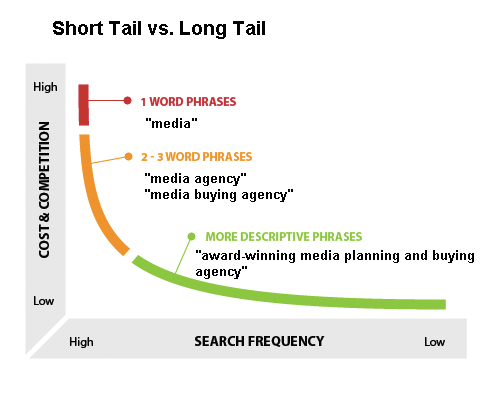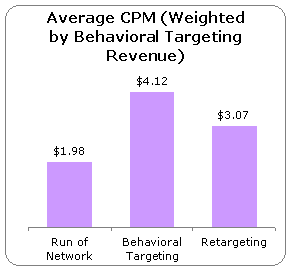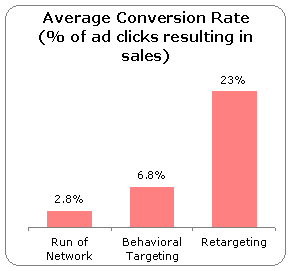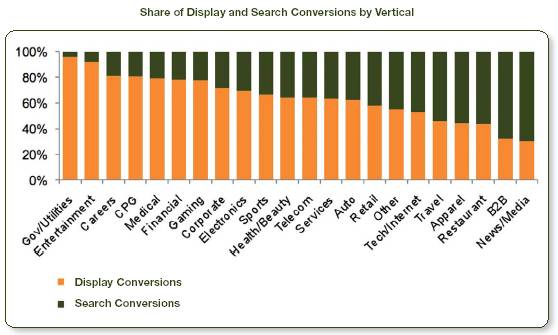Long-tail keywords are lower-volume keyword phrases containing three or more words. These longer keyword phrases are typically used for more specific searches. Long-tail searchers know exactly what they are looking for and are typically searching to fill a specific need or solve a problem. An example of a long tail search would be “award-winning media planning and buying agency”. The intent of this search is much more specific compared to a short tail keyword such as “media agency”. The first phrase indicates the searcher is in detailed research or buying mode. The second phrase indicates the searcher is in the initial research phase.
Because individual long tail keyword searches typically do not bring a lot of traffic, the appropriate strategy for marketers is to target high quantities of long tail keywords. The most efficient and effective way to implement this strategy is by blogging.
To find and target long tail keywords, consider the following:
– Free online keyword research tools
For example, Google Adwords Keyword Tool can help determine a range of long tail keywords when you type in a popular, competitive keyword. The tool will also allow you to gauge competitiveness, search volume and average cost per click.
– Competitor analysis
Online tools such as SEMRush will uncover a list of keywords used by your competitors, as well as their rankings in organic and paid search results.
– SEO consultants
These are search engine optimization service providers you can hire to carry out optimization projects on your behalf.
– Enterprise platforms
One of the most popular platforms is HitTail, a web tool you can use to get long tail keyword suggestions. HitTail will give you a tracking code to put on your website and then use the recorded data to give you a list of topics to write about in order to improve your search engine results.
The top 4 advantages of using long tail search terms on your blog or website are:
1. Rank viability
Since long tail keywords are less competitive, it is much easier to achieve top search engine rankings than with short tail keywords.
2. Targeted traffic
Targeted traffic to your website or blog will increase because the number of your individual pages with long tail keywords will go up over time. The aggregate result is more visibility and thus more traffic.
3. Conversion rate increase
The searchers using long tail keywords are further along the buying cycle than people who are making generic searches.
4. Readership increase
If your posts are done effectively, they will meet your viewers need, keep them on the site longer and potentially entice them to subscribe to your RSS feed. This is even more likely if you have related posts. Your audience will expand, allowing for greater monetization potential.
- I Like your site,iam sharing my friends excellent work.
- Glad to hear it Jane. Thanks for reading!
- Many thanks for sharing this wonderful post. Please hold up this weblog as ensure that it is an example of…











